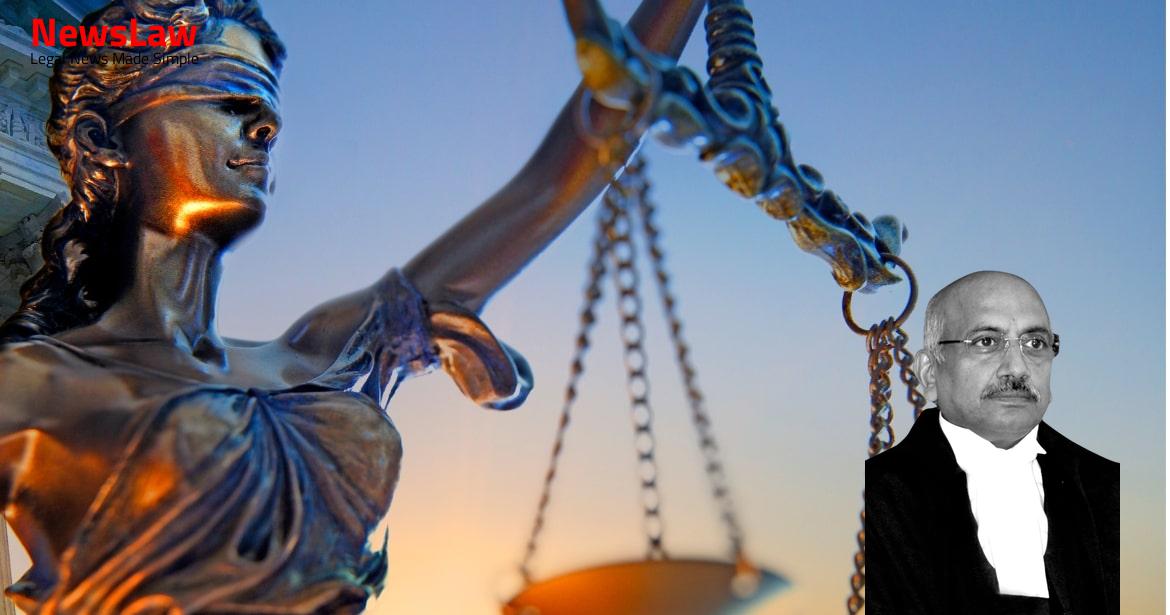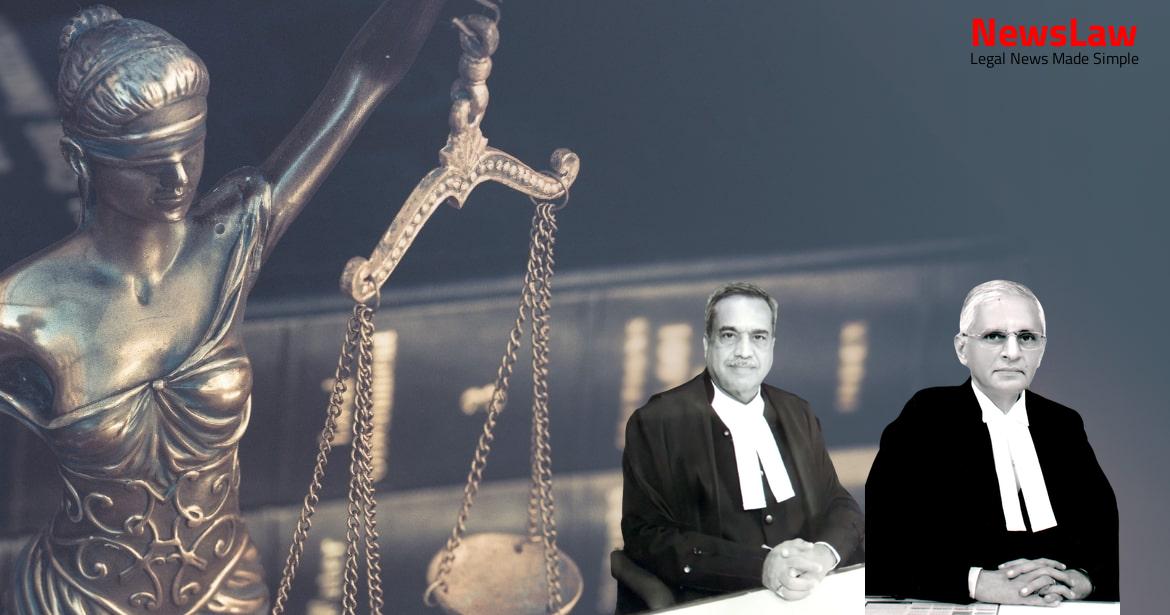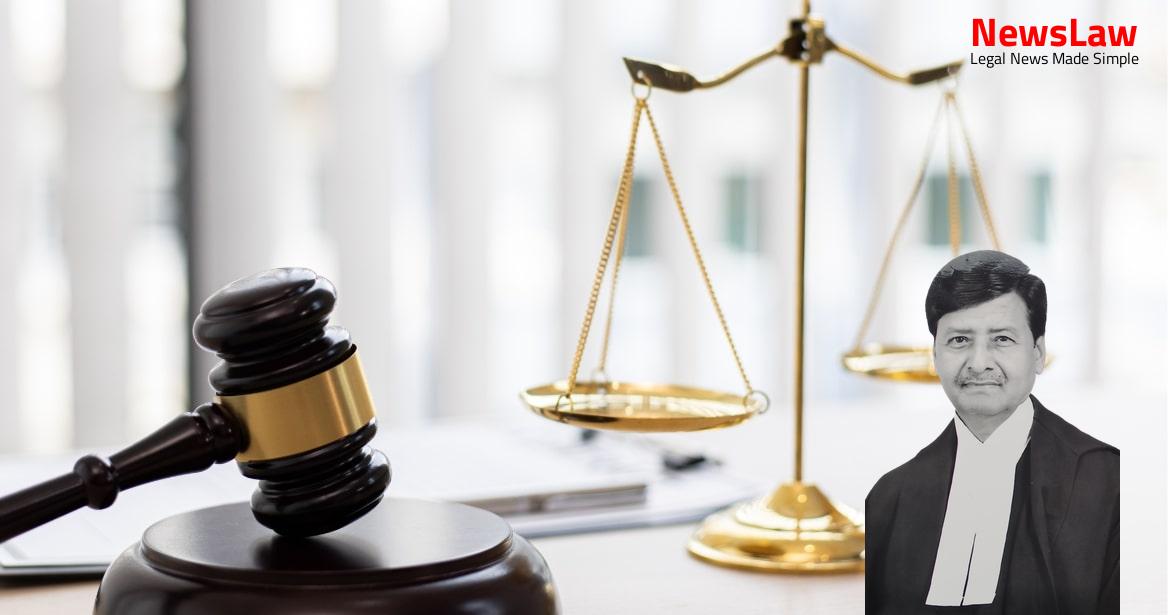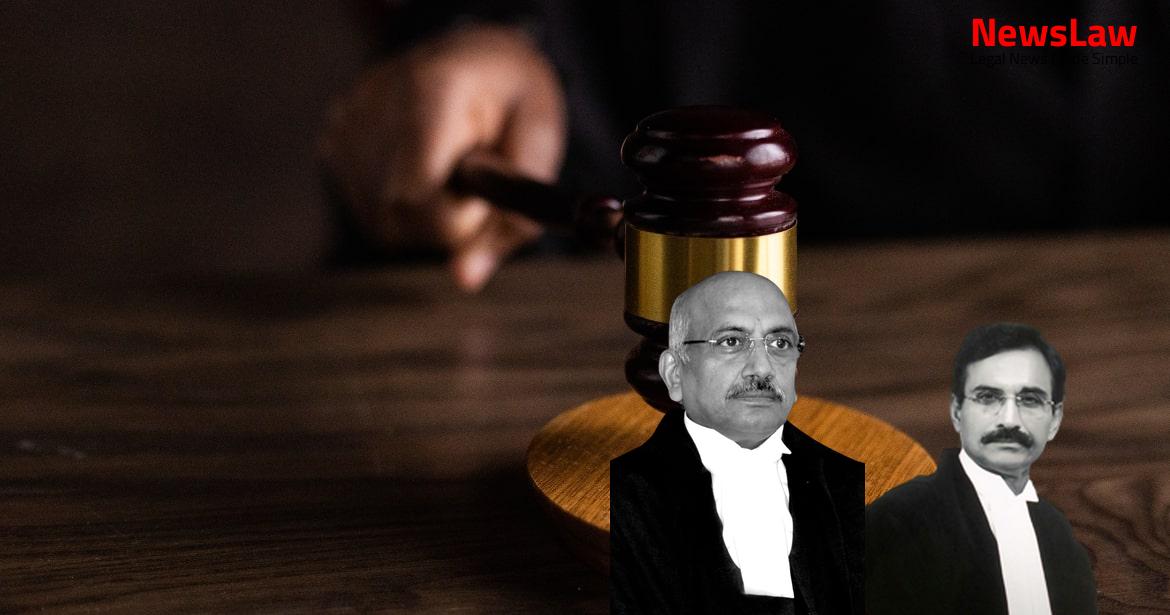Delve into the recent legal analysis of reservation limits in a significant court judgment. The case focuses on upholding the principle of equality and balance in reservation policies to ensure fairness and efficiency. Stay tuned for a detailed exploration of the court’s findings on reservation percentages and their impact on maintaining equality.
Facts
- Appeal filed against High Court judgment in PIL NO.175 of 2018 questioning 16% reservation for Maratha community under Act, 2018
- Grounds for appeal include breach of Article 14, 16, and 21 of the Constitution of India and bypassing the 50% reservation ceiling
- Writ petition (C) No.4100 of 2018 extensively challenges the Backward Classes Commission report which was the basis for Act, 2018
- Same petitioner previously challenged Ordinance in Writ Petition No.3151 of 2014
- Interim order passed on 14.11.2014 in Writ Petition No.3151 of 2014
- Various grounds taken in the writ petition questioning the 16% reservation for Maratha community
- The appeal was allowed and Rule 13-AA was held to be valid.
- It was held that if the ceiling limit of 50% is breached, the structure of quality and equality in Article 16 would collapse.
Also Read: Judicial Review on Conviction and Sentencing in Traffic Accident Case
Arguments
- The writ petitioner argues that the Constitution Bench judgment in Indra Sawhney needs to be revisited and referred to a larger Bench of eleven Judges.
- The petitioner claims that the judgment in Indra Sawhney is based on principles of equality and reasonableness.
- Various arguments have been presented challenging the Constitution (One Hundred and Second Amendment) Act, 2018.
- The petitioner questions the composition of the Gaikwad Commission and the validity of its report.
- Arguments have been made against the impact of the Act, 2018, on medical admissions in Maharashtra and its adverse effects on society by dividing on caste basis.
- It is suggested that the Act, 2018, creates reservation for Marathas specifically, rather than socially and economically backward classes.
- Learned counsel for interveners argue against referring the judgment of Indra Sawhney to a larger Bench.
- They believe that there has been significant progress in upliftment over the past seventy years.
- The reservation system is seen as affecting both merit and society.
- Affirmative action under Articles 16(4) and 15(4) is considered integral to Article 14.
- Various counsels representing interveners mostly support the submissions made by the State of Maharashtra.
Also Read: Analysis of Compromise Decree Validity in Property Dispute Case
Analysis
- The Constitution Bench reaffirmed that reservation under Article 16(4) should not exceed 50% except in extraordinary circumstances.
- Opinions expressed by various justices indicated a consensus on the 50% limit for reservations.
- The Judgment in Indra Sawhney has been consistently followed for over a quarter of a century without any doubts raised on the 50% ceiling limit.
- The principle of reservation being below 50% is crucial for maintaining equality as outlined in Article 14 of the Constitution.
- The Court has upheld the 50% rule as a means to achieve equality and balance in reservation policies.
- Various judgments have cited and reaffirmed the 50% rule established in the Balaji case, highlighting its importance in maintaining fairness and efficiency in public services.
- The Constitution Bench emphasized the need for caution and extreme circumstances before considering reservation percentages beyond 50%.
- The opinion of various Justices in Indra Sawhney and related cases support the 50% limit as a reasonable benchmark for reservations.
- The 50% rule is seen as essential to prevent monopolies and ensure that reservations benefit the intended backward classes without unduly disrupting the interests of other employees.
- The reservation system is intended to be a temporary measure to uplift socially and educationally backward classes and should not create a caste-based society in the long run.
- The judgment discusses the application of the Central Educational Institutions Reservation and Appointment Act, 2006, which provides for reservation percentages for different classes in Central Educational Institutions.
- The criteria for identifying backwardness of a community is to be decided by an expert body according to the Commission.
- The analysis mentions the population statistics of the Maratha community and their classification as Educationally and Socially Backward Category
- Article 16(4) is discussed as a means to achieve substantive equality and is portrayed as an instance of necessary classification to maintain equality.
- The reservation percentages in various Acts and the State of Maharashtra are compared and evaluated.
- The significance of reservation in various fields like public services, research, development, and education is also highlighted in the analysis.
- The need for uniformity in social, economic, and educational backwardness criteria is emphasized.
- The Supreme Court discussed the implementation of reservation laws in specific educational institutions and public services.
- The Acts and provisions mentioned include the Maharashtra Private Professional Educational Institutions Act, the Maharashtra State Commission for Backward Classes Act, and the Maharashtra State Public Services Act.
- The Acts establish reservation percentages for various categories including Scheduled Castes, Scheduled Tribes, De-notified Tribes, Nomadic Tribes, Special Backward Category, and Other Backward Classes.
- The reservation percentages range from 2% to 19% for different categories as specified in the Acts.
- The Maharashtra State Commission for Backward Classes Act provides for the constitution of a State level Commission and its functions in relation to backward classes.
- The Acts define terms like ‘Socially and Educationally Backward Classes of Citizens’ and provide for reservations in admissions and appointments in educational institutions.
- Creamy Layer principle is applicable for reservation purposes under the Acts.
- The Acts do not apply to certain institutions or posts like super specialized posts, temporary appointments, or single isolated posts in a cadre or grade.
- Justice Sawant’s opinion aligns with Justice B.P. Jeevan Reddy’s views in paragraphs 809 and 810.
- The judgment in the case of Indra Sawhney must be applied with regards to Article 15.
- A larger nine-Judge Constitution Bench established that reservations under Article 16(4) should not exceed 50%.
Also Read: Analysis of Section 364A in Kidnapping Cases
Decision
- The Petition is dismissed as far as prayer clause (A) is concerned regarding the matter being placed before the Chief Justice for suitable orders.
- PIL (Stamp No.) 36115 of 2018 is disposed of since the recommendations of the commission are implemented in the impugned SEBC Act, 2018.
- All pending civil applications / notice of motions / Chamber Summons taken out in these writ petitions and PILs do not survive in light of the disposal of the writ petitions and PILs and are accordingly disposed of.
- The appellants have filed Civil Appeals in this Court against the impugned judgment of the High Court dated 27.06.2019.
Case Title: JAISHRI LAXMANRAO PATIL Vs. THE CHIEF MINISTER AND ORS. (2021 INSC 284)
Case Number: C.A. No.-003123-003123 / 2020



